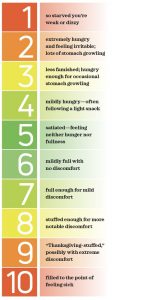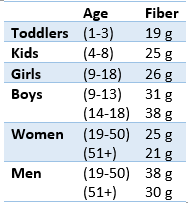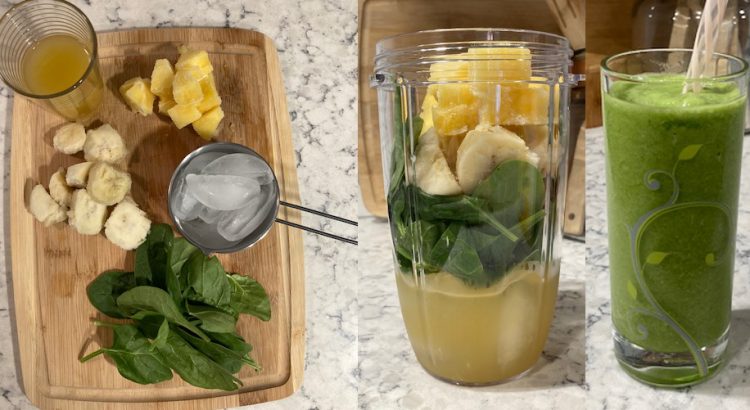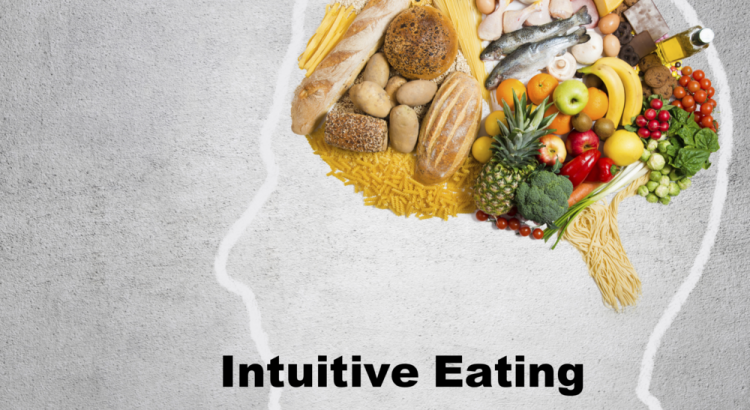Let’s face it, this pandemic has forged unprecedented challenges into everyone’s life. However, new challenges can bring new opportunities. So, whether you are working from home attempting double duty with your job and homeschooling your kids, or you are an essential employee tasked with new responsibilities and workloads, or a mixture of both, there is something to learn in the midst of these perilous times. I believe there is no better time than now to focus on what you can control and influence when it comes to maintaining or achieving good health and immunity. Your nutritional habits have tremendous power. Food can either be your pitfall or advantage.
Are you indulging in self-sabotaging habits such as binge drinking, late night snacking, and mindless eating? Well, becoming more intuitive, or mindful, of your eating habits can equip you with the arsenal you need to win the battle for your health. Intuitive eating is the ability to stay tuned in to your body’s natural hunger and fullness cues. Many benefits are associated with this tactic including the following:
- Changing your mindset
- Achieving a healthy body composition
- Improving the ability to choose more nutritious foods
- Learning when you should or shouldn’t eat
- Consuming fewer empty calories
- Avoiding overeating or undereating
- Appreciating your food more
- Boosting your immunity.
It seems simple to ask yourself ‘am I hungry?’ before eating, or to stop eating before any discomfort sets in, but the key to becoming more nutritionally intuitive is through the power of intentionally and repeatedly making good choices over time—this starts with a change of your mindset! As you make positive, healthy choices every day, your new habit will have long-term positive impacts on your health. Thus, the purpose of this article is to not only provide intuitive eating strategies for your Health Trip, but to, also, equip you with effective solutions that will make you stronger than before.
Strategy #1: Using the hunger scale.
The Hunger Scale below is an effective, yet simple strategy to discover how you should and should not feel when eating intuitively. The idea is to stay within the green zone and avoid the caution and red zones when you begin and stop eating. For example, begin eating when you are mildly hungry (zone 4) and stop when you are satiated or mildly full, with no discomfort (zones 5-6). The feeling of starved or famished (zones 1-3) and eating to the point of discomfort, or feeling sick, (zones 8-10) should be avoided. Practicing this routinely will yield a positive impact on your energy levels and lessen negative emotions, such as irritability or being “hangry”.
Strategy #2: Stop and think.
When learning to become more intuitive, using the stop and think rule may help. For example, try asking yourself these questions before making the decision to eat:
- “Is this an emotional eating decision?”
- “Am I actually hungry?”
- “How long has it been since the last time I ate?”
- “What are the benefits or detriments of eating this?”
If you deduce that your reason for eating is an emotional decision due to stress or boredom, try distracting yourself by going for a walk or some form of activity. Reminding yourself of your eating schedule and understanding the benefits or detriments of your food choices can help you stay on track with your health and fitness goals.
Strategy #3: Journal your wins!
Remember, becoming more intuitive requires a change in how you think. Try keeping a handwritten journal of your wins. A “win” would be each time you made a positive choice regarding a food selection or food avoidance. For example, you figured out your desire to eat was due to an emotional eating response, so you went for a walk instead. WIN! When you journal your wins repeatedly, it increases the likelihood of building a new habit.
Strategy #4: Enjoy your food.
There is truth in the philosophical quotes: “food is fuel”, “food is the way to my heart”, “food is love”, “food is life”, “food is medicine”, and “food is good”. When you enjoy something, you are more apt to adhere to it long-term. Thus, pursue new ways you can enjoy healthy, mindful eating.
- Try finding new recipes with ingredients you love.
- Involve the family by preparing and cooking together.
- Go out of your norm by exploring your grocery store. Look for new foods you are willing to try.
Strategy #5: Eat slow and savor your food.
Not only will this allow you to enjoy your food, but the action of eating slowly will enable you to eat less. Chewing more, having conversation while eating, and putting your fork down between bites will increase the length of time it takes to eat your meal, triggering satiety without overeating.
Strategy #6: Avoid restrictive eating practices.
Recently, an article by U.S. News & World Report identified the best diets of 2020, and those which were restrictive (i.e., Paleo, Whole 30, and Keto) were not at the top of the list! Restricting entire food groups is not sustainable for many reasons: It is harder to get all important nutrients, it disrupts satiety, it is harder to promote long-term weight loss (2 years or more), is less protective against diabetes or heart disease based on available evidence, and is harder to comply with (Cooper Institute 2020). Thus, a diet plan that includes all food groups in moderation leads to a long-term healthy lifestyle. Diets such the Mediterranean Diet, the DASH Diet, or Weight Watchers are notable for success.
Strategy #7: Have a plan of action.
True success or change is not achieved accidentally, but intentionally. It has been shown that individuals who set goals have a higher likelihood of being successful. This is because when you set a SMART goal it comes with a plan of action. Planning is a key factor in becoming more intuitive. Try these action plans to become more successful at intuitive eating:
- Set SMART Goals. Goals should be Specific, Measurable, Attainable, Realistic, and Timely.
- Break your action plan down this way:
- This year I will…
- This month I will…
- This week I will…
- Today I will…
- Set a schedule. Review your calendar or daily agenda and schedule eating times. Anything that occurs outside of this schedule should be avoided.
- After finding recipes, add the ingredients to your grocery list. This can help save you money and walk through the grocery store with good intentions.
Strategy #8: Reward yourself.
Positive reinforcement, or a reinforcing stimulus, has been shown to promote the behavior you are trying to achieve. Try setting up a reward system for achieving your yearly, monthly, weekly or daily goals. Here are some examples below: (rewards listed based on current social distancing guidelines)
- Reward yourself with an affordable pampering product purchased through the internet.
- Reward yourself with a small delectable treat.
- Reward yourself with new nutrition or fitness gear that encourages your journey.
In summary, becoming more intuitive may seem challenging, but the long-term benefits are priceless. When you make the decision to form a new habit remember that persistence is key, and perfection is unrealistic. Failures may happen along the way and that is ok. Learn from your mistakes and keep pursuing your goal(s)—focused attention and perseverance pays!
For more resources on healthy habits, visit Power Henrico.
For a jumpstart into intuitive eating, join the 21-Day Intuitive Eating Challenge May 1 – 21, 2020!
Read More






 The icing on the cake is that both Dustin and Damon recently completed the 30-day Concept 2 Rower Fall Team Challenge with Team Henrico. Dustin finished in third place on the team with 201,014 meters and Damon finished in fourth place with 186,641 meters. Their amazing efforts helped Team Henrico earn first place in the Corporate Division in this worldwide competition!
The icing on the cake is that both Dustin and Damon recently completed the 30-day Concept 2 Rower Fall Team Challenge with Team Henrico. Dustin finished in third place on the team with 201,014 meters and Damon finished in fourth place with 186,641 meters. Their amazing efforts helped Team Henrico earn first place in the Corporate Division in this worldwide competition!






 Boost your happiness and join the 21 Days to Connect with Nature Challenge! Visit the
Boost your happiness and join the 21 Days to Connect with Nature Challenge! Visit the